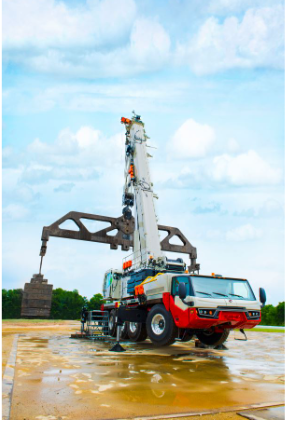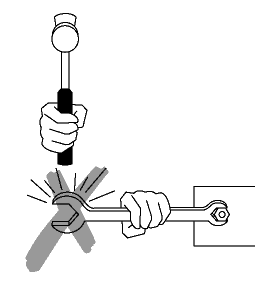While a crawler undercarriage typically accounts for 20 percent of a dozer’s purchase price, it racks up 50 percent (or more) of its lifetime repair tab because the undercarriage suffers more force, sliding and abrasion than any other piece of equipment.
That’s a lot of money tied to one component.
With such large potential repair expenses at stake, keeping the undercarriage in good working condition can significantly minimize repair expenses and lower per-hour operating costs. But, when you figure in 10-hour days, high duty-cycles, and unforgiving terrain, maintaining uptime gets trickier.
A few quick tips for proper undercarriage management:
- Track shoe width matters. Use the narrowest shoe width possible to provide and maintain adequate flotation. Improper shoe width may increase load on track shoes, which can mean bent or cracked shoes or loosened track hardware. Increased shoe width doesn’t generate greater penetration in underfoot material, so production isn’t affected.
- Track the tension. It’s imperative to monitor track tension under actual working conditions. Tracks too tight accelerate bushing wear. And tracks too loose can create instability or even cause the tracks to derail. Refer to the operator’s manual for specific track inspection and tensioning procedures.
- An ounce of prevention is worth a pound of cure. A complete undercarriage inspection should be done daily based on the owner’s manual recommendations and guidelines. Inspect the undercarriage for excessive or uneven wear, as well as damaged or missing components. Any issues should be immediately addressed to minimize further wear or damage. Regular undercarriage inspections will help you make informed decisions to maximize wear life, ultimately providing the lowest cost of owning.
To learn more about how to better manage your Undercarriage:
Tags
- 175|AT
- Aftermarket
- all-terrain
- autograde
- avetta
- Berco
- Best Managed Companies
- bushings
- Canada's Best Managed Companies
- Case Studies
- Caterpillar
- construction
- continuous improvement
- crane
- cranes
- crusherwearparts
- customer focused
- Deere
- dozer
- dozerblades
- efficient
- environment
- EQUIPMENTWATCH
- Esco
- ESS
- excavator
- Excavator Crawler Medium
- excavator telematics
- face sheild
- FINAL TIER 4 ENGINES
- fire
- fire safety
- FUEL CONSUMPTION
- fuel efficiency
- fuelconsumption
- fuelefficiency
- gnss
- gps
- grade
- grade control
- headandcoldstress
- healthandsafety
- healthandsafetyexcellence
- Heavy Equipment
- heavy lifting
- heavyequipment parts
- heavymachinery
- HEAVYMACHINERY TOOLS
- hybrid
- iCraneTrax
- idler
- imc2.0
- Intelligent Machines
- isn
- ITM
- jobsite
- jobsites
- johndeere
- Komatsu
- Komatsu Dozer
- Komatsu Excavator
- Lattice
- LBX
- lifting
- link belt excavator
- Link-Belt 245 X4 Spin Ace
- Link-Belt Cranes is Pulse 2.0
- linkbelt
- LINKBELTCRANES
- links
- loader
- loaderlips
- lockout and tagout
- loto
- machine
- machinecontrol
- maintenance
- my komatsu
- new excavator
- OEM
- pipe
- predictive maintenance
- preventionofslipsandfalls
- remote care
- rigging
- safestemployers
- safety
- safety glasses
- safety talk
- safetyandeyecontact
- safetyandharness
- safetyatheights
- safetycompliance
- safetyfirst
- safetyhandsignals
- safetyspotting
- safetytalks
- sitech
- slipsandfalls
- smart construction
- SMART QUARRY
- smartconstruction
- telematics
- tier4
- TOOLSAFETY
- topcon
- trackshoes
- trimble
- undercarraige
- undercarriage
- vises
- Volvo
- weir
- wheel loader
- WRENCH
- wsib
SIMILAR BLOGS

Unveiling the Specifications of the Link-Belt 175 AT Crane
Discover the specifications of the Link-Belt 175 AT Crane, a versatile all-terrain crane with a...


Safe Use of Wrenches: A Guide
By Team ESS
Due to the high amount of torque needed when using wrenches in industrial settings, hand injuries...
POST YOUR COMMENT